THIS COMING WEEK I am speaking at both the Malta Community Center and the Ballston Spa Senior Center. The topic of my talks will be on gait and balance. I am grateful to the community for offering me the opportunity to dispel some myths about gait and balance, and to offer solutions to the most common difficulties I have seen people deal with when it comes to their balance and gait.
My interest in gait and subsequently balance started from a seemingly unrelated issue: back pain. Several years ago I was treating a patient for sciatica when I noticed he was walking with his foot turned out. He responded well to my treatment approach, but he walked out with the same abnormal gait as he had when he first came in. So why was his gait still off?
The truth is I didn’t really give it much thought at the time, but for some reason I noticed that more and more of my patients who had back pain, especially the ones with sciatica, turned one or both of their feet out when they walked.
Fast forward to about six years ago when I opened my office in Saratoga and my main referral source was a podiatrist. This allowed me to get even more exposure to gait abnormalities. People with plantar fasciitis, metatarsalgia, Achilles tendinitis, bunions and a whole variety of post- operative conditions all shared a similar gait pattern: out-turned foot/feet. I started to pay closer attention and noticed that the gait seemed to be a way to avoid pain.
I started experimenting with people trying to really understand what was happening and to find the most efficient and effective ways to teach them how to alleviate their symptoms with changes to their gait. I was looking to change “how” they were walking. During this process I did a ton of reading and learning about the mechanics of gait. When I say I read a lot, I mean A LOT! Unfortunately, I was not able to make the connection I was seeking until a few events came together at the the same time.
First, I completed a continuing education program where the teacher taught about the whole body working together and how a stiffness in the spine could influence the hips which in turn would influence how we walk. He also reversed the order and taught how the foot contacting the ground influenced the knee and in turn the hip and ultimately the spine. This explanation aligned with my way of seeing patients; I was taught to look for the “source” not the “symptom.”
During that time I treated a patient with a fractured fibula from a snowmobile accident. His gait mechanics were decent but he had pain every step, unless he turned his toe out (just like that sciatica patient). So I decided to try and figure out why he was doing this and what became very obvious was that he turned his hip out, which allowed him to avoid rolling over his foot, which in turn allowed him to avoid contracting the muscles that would pull on the bone he broke.
There are, of course, cases where someone’s foot problems are the source of the issue, which leads to an abnormal gait. But there are also a lot of times that someone’s foot problem and therefore their gait problems are stemming from the hips or lower back region. The bottom line is, you have to assess the “whole system” to find the issue with how you walk. This means if your balance is off, you have to investigate the whole system...the back...the hips...the knees...the feet and how these all work together.
I have also found that when I ask people to modify their gait by making their steps slightly more narrow, a whole lot of interesting things happen at the foot/ankle and above, at the hips and lower back. Unfortunately when people feel unsteady they turn their hips and feet out to create a wider base of support. This leads to a side -to-side movement of the trunk instead of a rotational movement which is what we normally have.
As I became more and more comfortable with assessing gait, I stumbled on a book for treating back pain, where the author showed pictures of how we tend to turn our toes out when we walk and how we have two separate paths for each foot. She theorized how walking with our feet closer together, sharing the same path, was a more natural gait and it was also one that would help people with back pain.
You may have noticed someone walking like they are wobbling side-to-side as they go. This person is not more balanced despite the wide stance; the change to how they step actually makes them less balanced.
Often at this point, the person will unconsciously shorten their step length, thinking it is safer. Unfortunately smaller steps makes you even less secure. I like to compare this to a coffee table with legs that are close together to demonstrate the instability. If you bring the legs in together the coffee table is less stable, and so are we when we try to walk this way.
More and more I asked my patients to modify their gaits and I was thrilled with the improvements, but there was still yet another piece to this puzzle: our shoes. Often people assume that if their feet hurt then more cushioning in their shoes will help. While some say it feels good to have more cushion, I have noticed that people who have a lot of cushioning in their shoes walk more incorrectly. More and more I notice people with unsteady gaits walking in shoes that make the problem even more pronounced. More cushion often results in people turning their feet out more and they widen their stance more. In addition these individuals will become heavier on their feet, essentially stepping harder to feel the ground. So if you notice someone “slamming” their feet down it may be due to improper shoes and the body’s attempt to feel the ground with force.
And remember shoe manufacturers are trying to sell a product and often research does NOT verify the claims being made by the companies. Memory foam in shoes is NOT helpful for your balance. Extra cushion is like walking on couch cushions or thick foam pads all day. The cushion is actually making your foot work harder and it is often making your balance worse. Even though it may feel good when you try them on, they may not be the best choice and may be contributing to your difficulty walking.
Some safe ways to start improving your balance and gait include building your strength in the muscle needed for walking, starting with the hips. I recommend marching, in place to start, holding onto something stable, and progressing to marching while walking in a hallway or by a counter. Next I recommend side stepping in a hallway and progressing to marching sideways holding onto a wall or counter for safety.
My favorite exercise is the chair squat. All you need is a chair (with or without arms) and all you need to do is sit down and stand up repeatedly. If you have not exercised in a long time start with 10 reps and work your way up to 20 repetitions. If you have a lot of pain or weakness doing this, simply put a rolled up blanket in the chair to reduce how far you have to bend to do the exercise. When you are able to do 20 reps in a row, simply unfold the blanket slightly to make it more challenging. Keep doing this until you are able to do it from a normal chair height.
I believe that having an assessment is very helpful because if you have foot pain but your issue is coming from your lower back you want to make sure you address it at the source, otherwise you may create two issues instead of one. I also believe learning some mobility exercises can help you to stay active and this is especially true with walking and balance.
If you have had difficulty with your gait or balance it can be helpful to take a fresh look at the variables that may be contributing to your issues. Often looking at the whole picture can help you to find the source of the problem and properly address it.
Thanks for reading my articles and please email me or come to my office if you would like an assessment. My office number is 518-306-6894 and my website GoodemotePT.com has a contact page or my email is This email address is being protected from spambots. You need JavaScript enabled to view it.




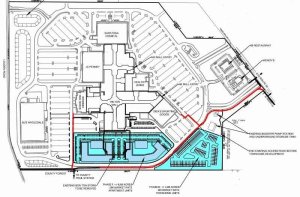
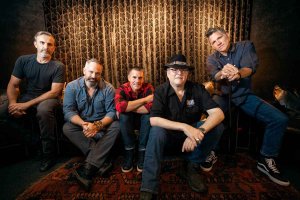
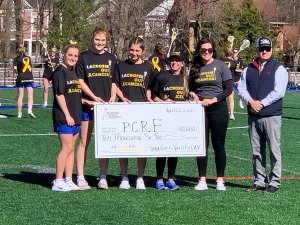
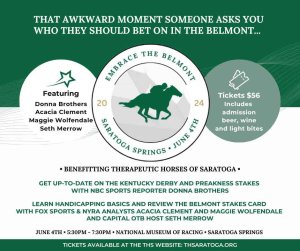



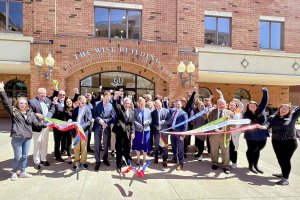


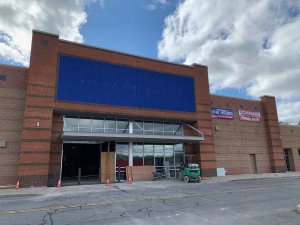
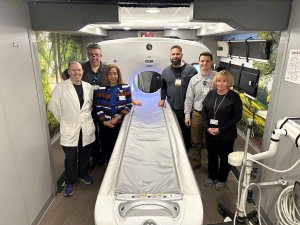










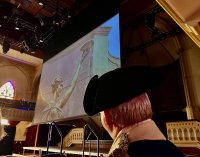


 How to resolve AdBlock issue?
How to resolve AdBlock issue? 









